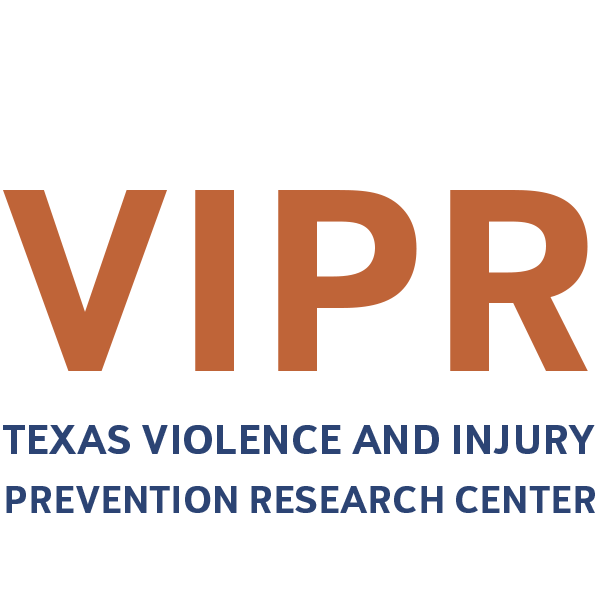Policy Briefs & Reports
-
![]()
Worker Health During Disaster Recovery
-
![]()
Installing Sirens for Weather Emergencies
Description gIn response to deadly flash flooding along the Guadalupe River over the July 4 weekend, there have been renewed conversations about the need for weather alert sirens to notify residents in emergency situations. While a number of Texas counties in “Flash Flood Alley” have installed sirens, the worst affected area of Kerr County remains without such systems. This has prompted scrutiny from residents, government officials, and emergency preparedness advocates. State lawmakers will be convening for a special session to address disaster response and discuss improvements to storm preparation efforts throughout the state. The potential need for sirens will likely be a key part of discussions. oes here
-
![]()
State Report Card: Labor Laws
Our annual report card detailing state labor laws, including paid sick leave and union rights.
-
![]()
H2B Workers
H-2B workers are authorized to work in the U.S. under temporary, nonimmigrant status. The program was started to bridge the gap between the demand for and shortage of non-skilled labor. H-2B employees are taxpaying workers who have lawful admission into the U.S. for a contractual period (e.g., 9 months) and are guaranteed certain hours, wages, housing benefits, and travel costs. From research conducted with H-2B workers in the Gulf of Mexico, we found that workers had difficulty accessing healthcare in the U.S. and had a heightened risk for workplace injury.
-
Health Inequities Among Shrimpers
Commercial fishing is one of the most dangerous occupations in the U.S. with a fatality rate almost40x higher than the national average. Fatal and non-fatal injuries among commercial fishermen in the Gulf Coast are largely from vessel disasters and slips, trips, and falls, and shrimpers accounted for the majority of fatalities. Commercial fisherman and shrimpers in this region are largely aging and low-income migrant workers.
-
![]()
Violence & Injury Prevention
For specific briefs related to violence prevention, please visit our sister website.






